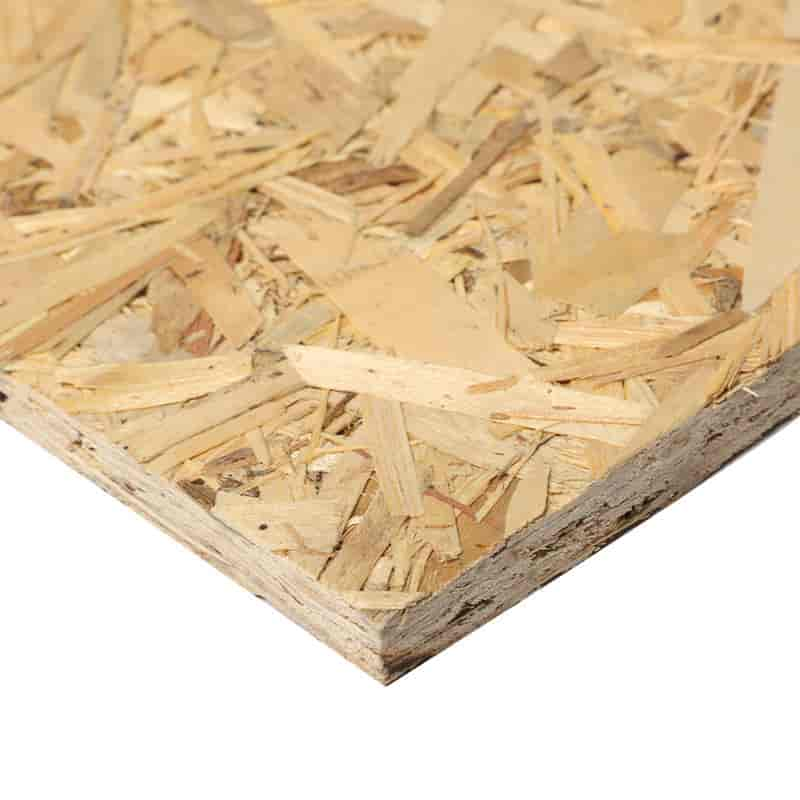Birch plywood, with its smooth finish and pleasing aesthetic, is a popular choice for both home improvement projects and furniture making. However, like all building materials, it has its drawbacks. This article will delve into the common pitfalls associated with birch plywood.

One of the most significant issues with birch plywood is its susceptibility to moisture damage. Although plywood is inherently more resistant to water than solid wood, birch’s natural characteristics make it prone to swelling, warping, and rotting when exposed to prolonged or heavy moisture exposure. This can lead to a shortened lifespan for products made from birch plywood, particularly those used outdoors or in damp environments.
Another potential concern related to birch plywood involves strength and durability. While birch plywood is generally strong and stable, its strength can vary depending on factors such as the type of adhesive used, the direction of the grain, and the number of plies (layers) within the panel. In some cases, these variables can result in a material that is less durable or less able to withstand heavy loads compared to other types of plywood or solid wood products.

Additionally, birch plywood may exhibit uneven coloration or variations in texture. As with any naturally derived material, the color and grain patterns of birch can differ slightly between individual pieces. These differences can be more pronounced in thinner sheets of plywood, such as 1/8 inch or 1/4 inch thicknesses, where the surface layers are more visible. For applications where a consistent appearance is crucial, these variations can be a source of frustration.

The cost factor is another area where birch plywood may fall short for some consumers. While not always the most expensive plywood option on the market, birch often carries a higher price tag than comparable products made from softwoods or other hardwood species. This increased cost can be a barrier for budget-conscious individuals or projects with tight budget constraints.

Lastly, availability may also pose an issue for those seeking birch plywood. Due to its popularity, especially in certain regions, there may be times when supplies are limited, leading to extended wait times or difficulty in finding the specific dimensions and thicknesses required for a project.
In conclusion, while birch plywood offers several advantages, including its aesthetic appeal and general strength, it also presents several challenges such as vulnerability to moisture damage, potential inconsistencies in strength and appearance, higher costs, and occasional supply issues. It is essential for consumers to weigh these factors when deciding whether birch plywood is the best fit for their specific needs and projects.


